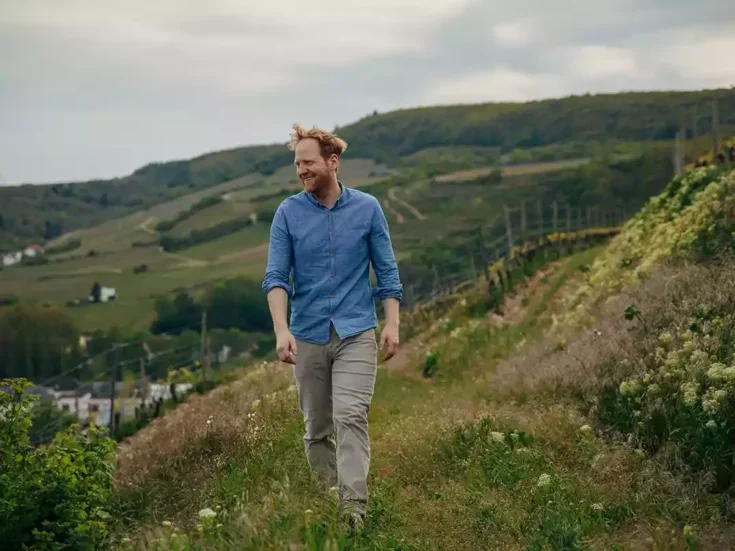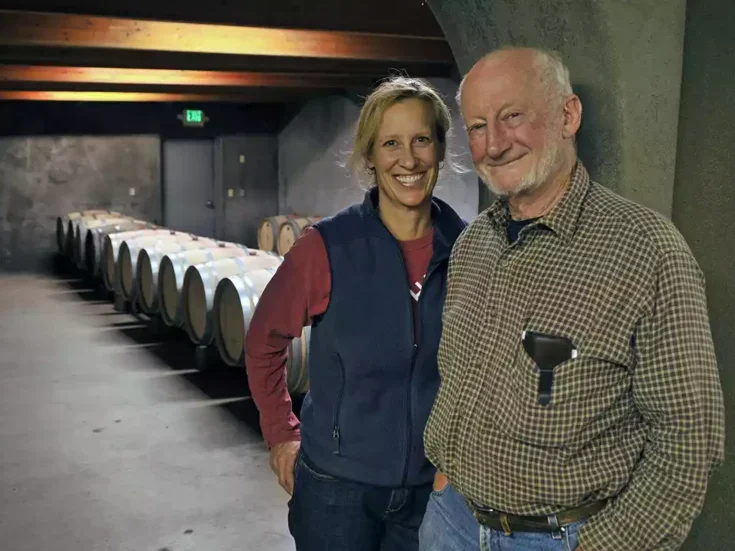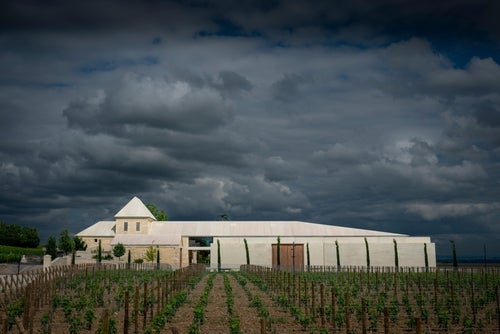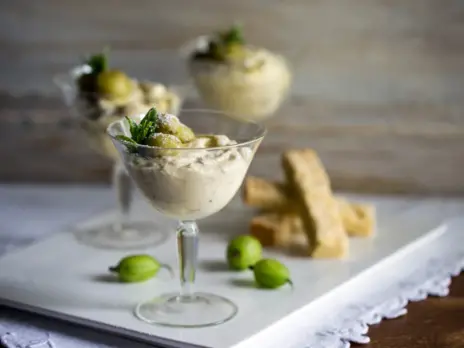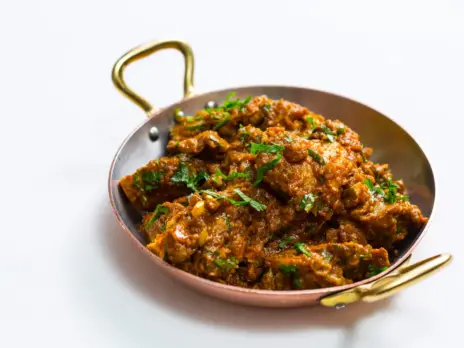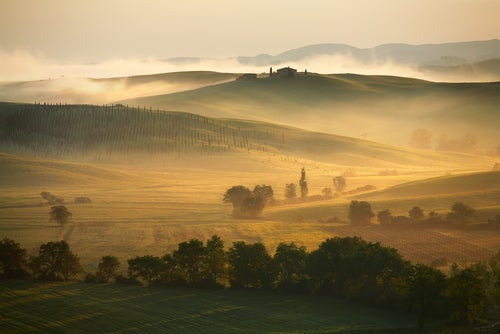
After the qualitative highs of 2019, the 2020 Brunello di Monalcino vintage is a significant step down, says Andrew Jefford.
There’s one irrefutable conclusion that we can draw from the 2020 vintage in Brunello di Montalcino. Perhaps it’s obvious; perhaps it’s even a platitude. But in a world of ceaseless viticultural effort, constant technical advances, and extraordinary rewards for acclaimed fine wines in limited supply, it bears repetition: Quality in Brunello di Montalcino, as in most of the world’s fine-wine regions, is vintage-dependent. Human beings do their best, but nature still decides.
I write this because, as we all recall, 2020 was the year of the Covid-19 lockdown. There were no contrails in the sky, no foreign masterclasses to superintend, no trade fairs to throng, no stream of enthusiastic visitors to receive. No distractions. You could work as much as you wished in the vineyard, surrounded only by fresh air and birdsong; harvest arrangements were adequate, though with the involvement of more locals than usual; vinifications could be closely scrutinized, the only challenge in finding enough storage space for the new wines. In terms of attention, it was the vintage that wanted for nothing.
Yet after the magnificent 2019s (see WFW 84, pp.196–205), which produced what may well be the highest set of scores that any World of Fine Wine tasting has ever recorded, the quality of 2020 marks a clear step down. Opinions about how steep a downward step 2020 represents vary, as you’ll see, but none of our tasters saw it in any way as equivalent to 2019. The wines, we might assume, are as good as they possibly could be. Nature had the final word.
What was the growing season like? After a wet end to 2019, January and February were eerie: dry and much warmer than growers would like. March was erratic: often very warm, too, though with a sudden snowy flurry toward the end of the month, which trimmed the potential crop in some early sites. April had both hot and cold spells but brought welcome rain. Flowering at the end of May and into early June was successful—but thereafter June was cold and very wet, with 6in (150mm) of rain in that month alone (compared to an average of around 2in [50mm]), creating intense mildew pressures in the vineyards. July was very hot and very dry, but the vines had guzzled their fill in June so powered through that high-
summer heat with ease. If anything, early August was hotter still, flirting with 104°F (40°C) heat spikes before sliding back into a stormy spell in the second half of the month, interrupted by another spike of heat. September opened classically—warm days and cool nights—but the third week of the month unleashed increasingly heavy rain (culminating in a 2.5in [60mm] drench on September 25), which saw a return of disease pressures and made each grower’s choice of harvest date consequential. Growers, merchants, and some critics have talked up the vintage—but no one claims it was easy. It was an erratic year in which every decision counted.
Perhaps significantly, we had a much larger cohort of 2020 Brunello wines than usual to taste through, and Anthony Rose kindly lent our regular tasting team of Michael Palij MW, Bruno Besa, and myself a hand. We weren’t all able to taste every wine, but each 2020 wine was blind-tasted by at least two people. (The 2018 and 2019 Biondi-Santi wines were tasted on a sighted basis by one taster.)
Mixed opinions
Opinions, frankly, were mixed, notably when we scanned the 2020 cohort for wines scoring 93 points and above, signifying “outstanding wine of great beauty and articulacy” on the World of Fine Wine scoring scale. Bruno Besa found 24 such wines, and Michael Palij found 21 (including one wine scoring 98 points and two scoring 97: “great wine of spellbinding beauty and resonance”). This seems encouraging. Anthony Rose, by contrast, found just seven wines scoring 93 and above, while my own score sheet topped out at 92 points (“very good wine, with some outstanding features”)—much less encouraging. There were, moreover, greater disparities in our scores for individual wines than is usually the case. Our top six wines saw broad agreement between the two tasters for each wine, but after that there were quite significant disparities between tasters in some cases (disparities of as much as 11 points on occasion). Nor was it easy to draw any geographical conclusions from our results; the top six wines, for example, came from four different sectors of the DOCG (Buonconvento, San Giovanni d’Asso, Montalcino’s eastern sector, and Castelnuovo dell’Abate).
Michael Palij, like Bruno Besa, clearly enjoyed the vintage, finding “much to like” in what he considers “a hedonistic romp” through Montalcino. These “opulent, ripe” wines, according to Michael, “will provide unashamedly seductive early drinking.” This kind of a profile is normally very much to my taste—yet all too often I was finding awkwardness and rawness, mixed ripeness, and an overall lack of grace and harmony, as if the season had delivered just too many abrupt meteorological twists and turns (early drought, then a drenching, then fierce heat, then storms and then a difficult harvest). Anthony Rose, too, found “wide variability across the board in the quality of the wines”; he felt that this was primarily attributable to the fact that “those who picked after the rains had all sorts of problems.” Unless you are collector who must have examples of every vintage in your cellar, my advice is to give 2020 a miss and explore the treasures of 2019 and 2021 (which we will be tasting next year) instead. Bruno’s and Michael’s notes and scores, by contrast, suggest that this might be a mistake, and in overlooking 2020 you’d risk missing out on early-drinking Brunello treats. Check prices and our notes, readers, then decide.

